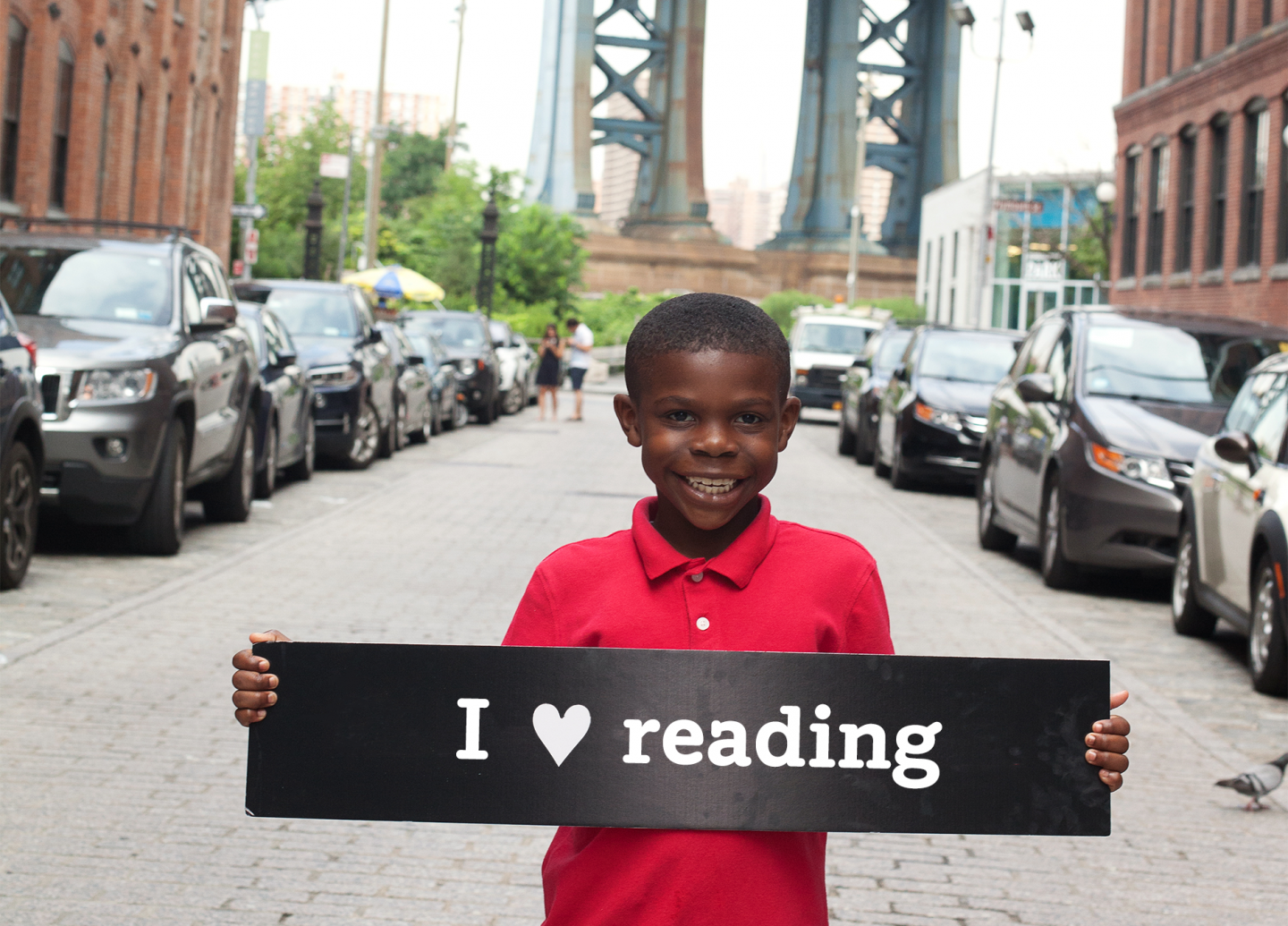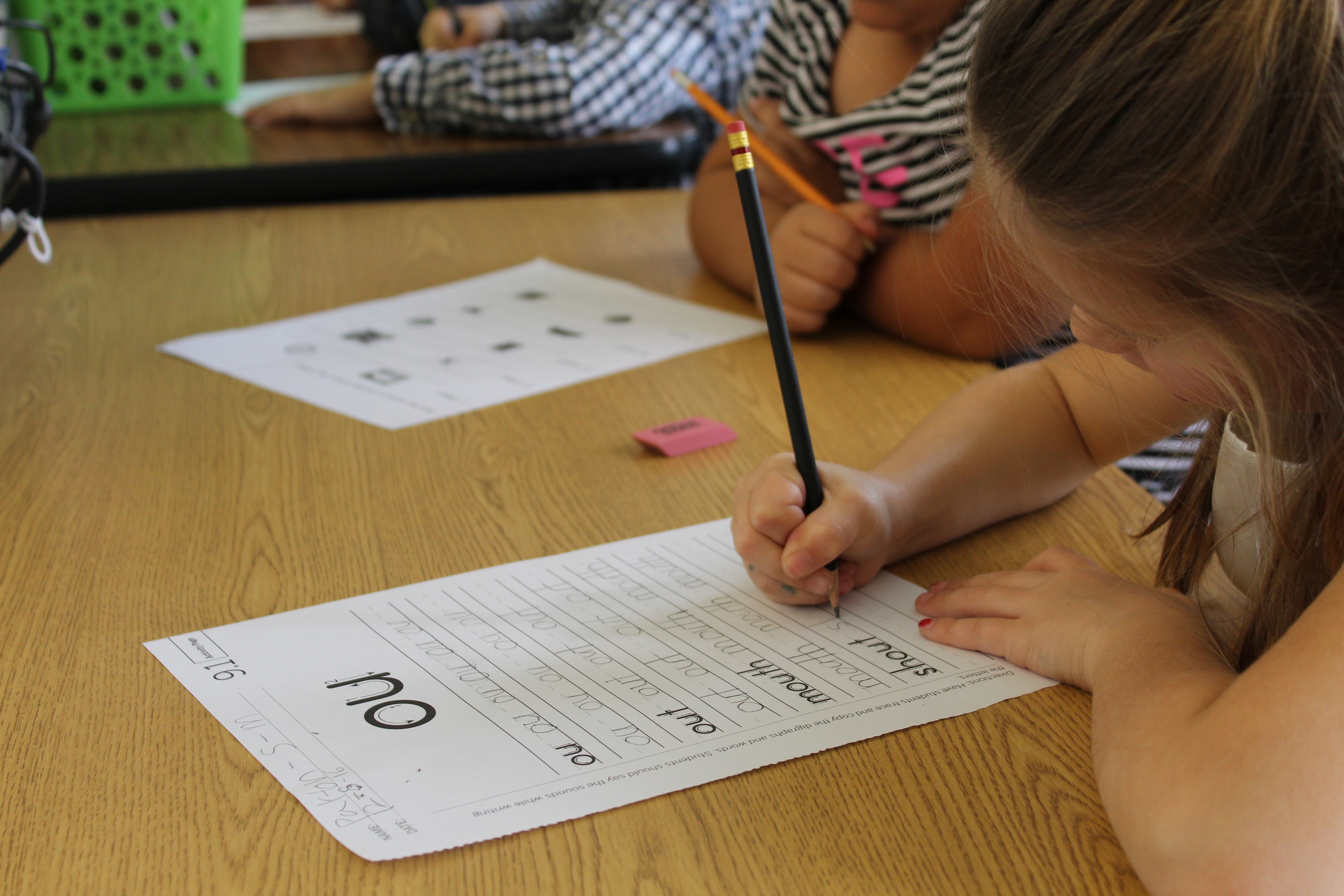When I was a teacher, his name was Jacob. He was the kid teachers remember. He knew stuff. He’d been places. And he wanted to know more. Not more about any topic, but one particular topic—the Ancient Romans.
It wasn’t the third grade curriculum I was teaching that ignited Jacob’s fire—it was already lit when he arrived. He consumed that content like a ravenous scavenger, and his enthusiasm for it was contagious. He understood the architectural intricacies of the Colosseum and the Roman Forum. In class discussions, he would contribute myriad details about how the Ancient Romans lived and how they died. Especially how they died: in the ashes of Pompeii, or in constant and highly successful stream of military campaigns. As he shared his vast knowledge of Ancient Rome with classmates, they too found themselves wanting to know more. Jacob would then march with them to the library and make book recommendations personalized to each of them.
I don’t remember if it was a parent or grandparent that first introduced Jacob to the Roman Empire, or if he happened upon it through a movie, a book or a museum visit. But of all the times I taught that unit, I was thankful to have his content knowledge and voracious curiosity as part of our learning community. He was a model of what happens when kids encounter lots of topics and find something that lights the mind’s fire.
But many kids never get opportunities like Jacob—neither at home nor school.
Enter the Every Student Succeeds Act (ESSA) and its goal of “well-rounded education.” ESSA represents the first reauthorization of federal education policy since No Child Left Behind (NCLB) legislation, one of the legacy hallmarks of which was the narrowing of our elementary curriculum.
NCLB left us hyper-focused on reading and math skills, dehydrating the sponge of curiosity that every preschooler possesses. We lost time in the instructional day for content that develops knowledge and generates a thirst for more in critical areas such as science, history and the arts. Instead, we had to shift our concentration to skill development and test prep.
ESSA reintroduces us to broad, knowledge-based instruction that gives kids opportunities to see beyond schooling as skills. It encourages us to put an emphasis on knowledge and content that motivates the minds of our youngest learners and provides a place where our Jacobs can find their passion. Contrast that with the topics Kate Walsh, former director of Language Arts at the Core Knowledge Foundation, found in a survey of typical reading basals: what teddy bears look like; what makes grandmothers special; what could happen if everyone brought their pets to school.
Things of value are worth knowing by heart: the origins of worlds, the endless parade of peoples and cultures, the great and evil deeds of history, and the vast panoramic photograph that is nature.
Easier said than done? Maybe not.
Understand what teaching content is really about—dynamic, multi-faceted instruction and learning that meets multiple goals. I was reviewing an ELA lesson that was used on an exemplar website for teaching content. The content focus statement was: How are families around the world similar? The lesson didn’t actually teach anything about different families around the world; it used a literary text about a family. Students compared that family to their own. I’m not opposed to teaching about families, but teaching content goes much deeper. Find content, like the human body or Ancient Rome, that involves rich vocabulary and engrossing associated concepts—content that lends itself to layered analysis and thinking that sparks interest, which then leads to engaging and invigorating conversations.
Get special area teachers involved—e.g. art, music, physical education—to extend content learning in compelling ways. When I taught the Ancient Rome unit, I enlisted others to add color and action. My students studied and recreated various pieces of art, found rhythm in Ancient Roman music and recreated chariot races. Content like this unifies school communities and allows students to experience an inspiring and stimulating learning environment.
When kids discover new information, encourage them to share it with you, their families and peers. Nothing is more motivating in the learning process than affirmation. When a kid learns something new, they want to share it with you and with their peers. Make that “new learning” time part of your day—and encourage students to keep looking for more. And never be afraid they might learn more than you. Expect and hope that they will!


.png)

